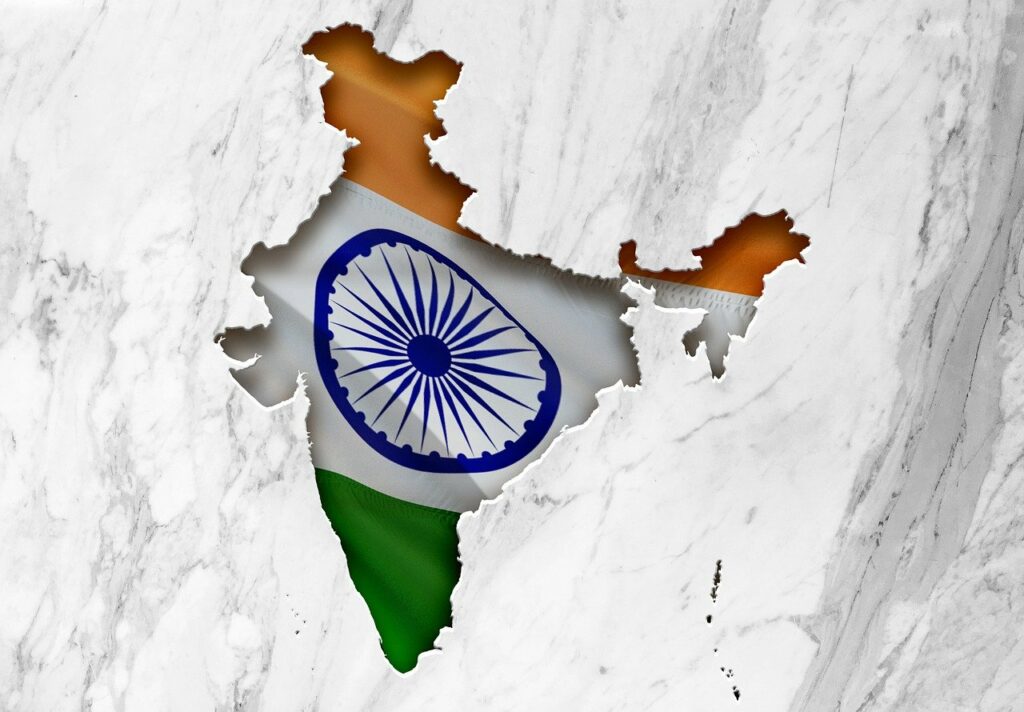India’s ambitious target to develop 5 million metric tonnes (MMT) of green hydrogen production capacity annually by 2030 hinges not only on state-level policy commitments and large-scale infrastructure but increasingly on the integration of Micro, Small & Medium Enterprises (MSMEs) into the emerging value chain. The Ministry of New and Renewable Energy’s (MNRE) National Workshop on April 29, 2025, placed this overlooked segment of the economy at the center of India’s green hydrogen industrial strategy.
With over 300 stakeholders in attendance—including MSMEs, financiers, multinational agencies, and government officials—the workshop served less as a ceremonial event and more as a strategic signal. “MSMEs will serve as the backbone of India’s energy transition,” emphasized Union Minister Pralhad Joshi, drawing a parallel with the role small enterprises played in scaling India’s solar PV and electric vehicle supply chains.
India’s green hydrogen ecosystem remains nascent, but the government has outlined clear expectations. According to the National Green Hydrogen Mission, announced outcomes by 2030 include Rs. 8 lakh crore ($96 billion) in investments, creation of over 600,000 jobs, and an abatement of nearly 50 million metric tonnes of greenhouse gas emissions annually. However, the viability of these projections depends heavily on localized supply chain development and cost rationalization—both areas where MSMEs can play a strategic role.
Currently, India lacks a domestic manufacturing base for critical green hydrogen components such as bipolar plates, membrane electrode assemblies, and high-efficiency electrolysers. These gaps have exposed the country to international technology dependencies and inflated capital costs. In one of the four focused technical sessions—on technology collaboration—panelists advocated for deeper R&D linkages between MSMEs and national research institutions. Indigenization, rather than mere technology transfer, was repeatedly identified as a strategic necessity.
Another session tackled decentralized hydrogen production, particularly through biomass pathways. While industrial-scale green hydrogen remains dominated by electrolysis powered by solar and wind, decentralized production models offer a parallel route. Use cases involving thermochemical and biochemical conversion of agricultural waste were presented, emphasizing applications in rural industries. These models, while technologically promising, still face viability constraints due to inconsistent biomass supply chains and the absence of targeted rural energy policies.
Perhaps the most immediate challenge for MSME participation is financial. Access to capital remains restrictive, and green hydrogen technologies are high-risk and capital-intensive. The session on catalyzing investments, with inputs from institutions such as the World Bank, KfW, and IREDA, highlighted the need for de-risking frameworks and the creation of green credit lines that are MSME-accessible. While blended finance mechanisms were discussed, no concrete announcements were made. Without robust financial scaffolding, even the most technically capable MSMEs may remain locked out of the market.
India has taken its first regulatory step toward standardizing the sector with the launch of the Green Hydrogen Certification Scheme of India (GHCI). Minister Joshi called this a foundational step in ensuring market credibility, but the practical implications for MSMEs—especially those aiming to export components or hydrogen itself—remain to be tested. Stakeholders during the workshop noted the need for uniform protocols, testing facilities, and shared innovation platforms to reduce compliance burdens.
A recurring theme throughout the sessions was the importance of demand signaling. Despite India’s ambitious production targets, the demand-side ecosystem—particularly in industrial sectors like steel, chemicals, and mobility—remains underdeveloped. Without clear off-take agreements or procurement mandates, the incentive for MSMEs to retool for hydrogen remains tenuous. Several participants advocated for government-backed offtake mechanisms, akin to power purchase agreements in the renewable energy sector, to ensure market stability.
Cluster-based development was floated as a potential solution to address economies of scale. Green Hydrogen Clusters, where MSMEs can share testing infrastructure, collaborate on procurement, and participate in joint ventures, could replicate the success of auto and solar industrial zones. However, implementation would require inter-ministerial coordination and streamlined policy execution—both of which have historically been stumbling blocks in India’s clean tech ecosystem.
Despite these gaps, there is momentum. India currently leads the global green hydrogen production capacity pipeline, with over 125 GW of renewable capacity targeted to support hydrogen production. However, realizing these numbers on paper will require a granular understanding of local production dynamics and the removal of systemic hurdles facing MSMEs.
The MNRE workshop marked an important inflection point in broadening the stakeholder base beyond multinational EPCs and public sector units. While the road to 5 MMT remains long and complex, India’s green hydrogen aspirations will falter without the full participation of its MSME sector. The strategic shift is clear: future industrial capacity will not be built solely by scale, but by inclusion.
